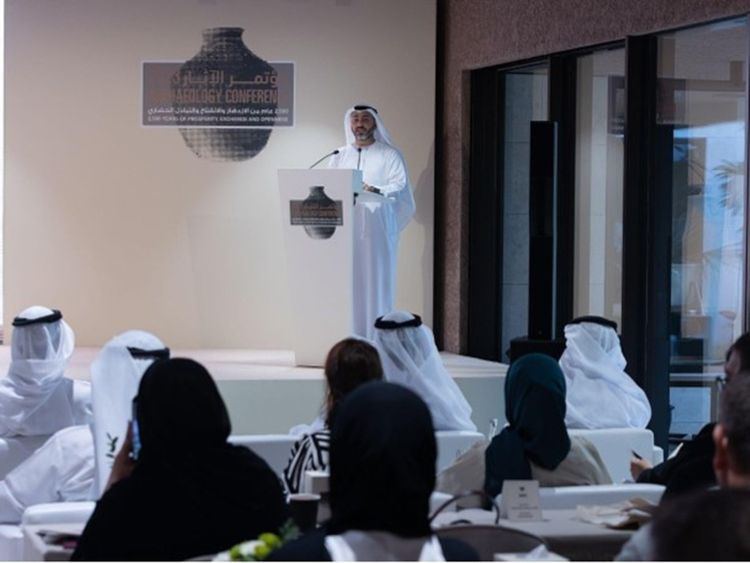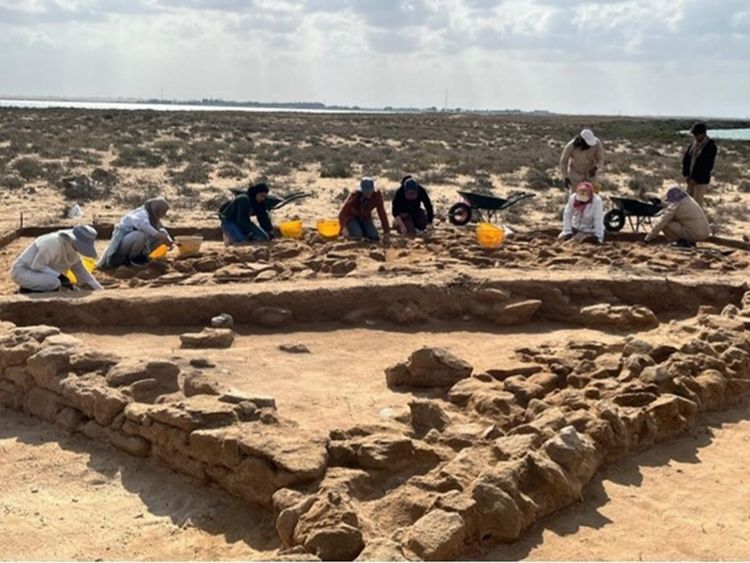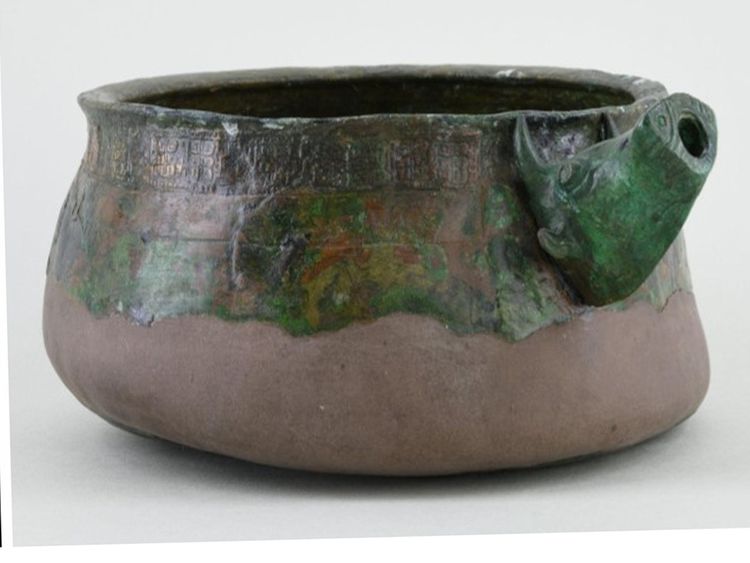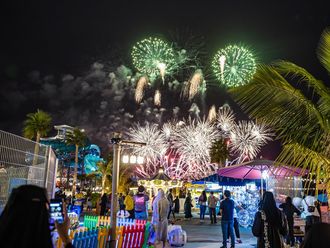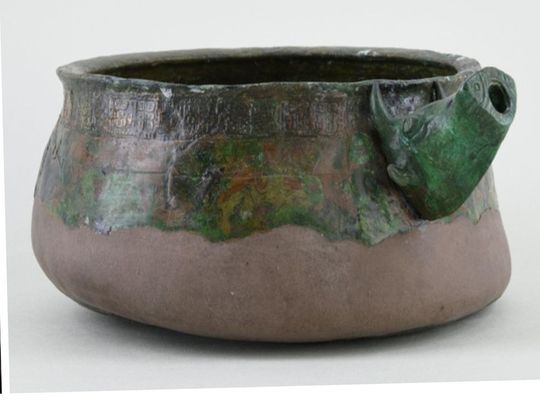
- Newly-discovered archaeological pieces shed light on Al Ain's past and the UAE’s rich heritage going back 2,500 years.
- Research on the first-century BCE tombs presented.
- Conference theme, ‘2,500 years of Prosperity, Exchange and Openness’, further exemplified by a presentation of findings in Mleiha in Sharjah.
Abu Dhabi: New analysis of a cemetery and burial findings uncovered in Al Ain, the largest inland city in the emirate of Abu Dhabi, were presented at the Archaeology Conference 2023 in Abu Dhabi’s Saadiyat Cultural District.
Archaeologist Peter Sheehan, manager of Historic Buildings and Landscapes at the Department of Culture and Tourism – Abu Dhabi (DCT Abu Dhabi), presented his research on the first-century BCE tombs at the event organised by DCT Abu Dhabi and Zayed National Museum, the forthcoming national museum of the UAE.
Mediterranean connection
The tombs, which contain burial objects such as makeup applicators, glass bottles and jars with large mounds of discarded Roman-style amphora drinking vessels located nearby, speak to distant connections with the Mediterranean and the expansion of trade routes across the then-known world.
According to Sheehan, the existence of this ancient cemetery in Al Ain suggests a settlement of the same period was probably located nearby, and the presence of deep underground water channels (aflaj) in the area provides further evidence for the creation of the nearby oasis during this period and the development of the historic landscape of Al Ain, now a UNESCO world heritage site.
Hidden stories
Saood Abdulaziz Al Hosani, undersecretary of DCT Abu Dhabi, said: “These exciting archaeological findings shed new light on the hidden stories of the Gulf, making a significant contribution to our understanding of the daily lives and burial practices of our ancestors.
"The objects uncovered tell a story of communities with long-distance connections, highlighting that the characteristics of prosperity, exchange and openness have been part of the DNA of the inhabitants of this region for thousands of years.”
Dr Peter Magee, director of Zayed National Museum, said: “Zayed National Museum is proud to organise the Archaeology Conference 2023, which spotlights the newest discoveries and research emerging in the UAE. This forms part of our commitment as the national museum of the UAE to research, conserve and enhance public knowledge of the country’s deep heritage and to celebrate the values and legacy of Sheikh Zayed, who oversaw the first archaeological excavations in Al Ain 70 years ago.”
Alexander and the Arabs
The conference theme, ‘2,500 years of Prosperity, Exchange and Openness’, was further exemplified by a presentation of findings in Mleiha in the emirate of Sharjah by Dr Bruno Overlaet of the Royal Museums of Arts and History.
An extraordinary discovery is a bronze bowl featuring a mix of Hellenistic, African and Arabian iconography including Alexander the Great and an Arabian man fighting a lion with a camel lying behind, providing further evidence for the reach of trade systems during this period.
The burial findings at Mleiha mirror those recently found in Al Ain. The site included evidence of celebrating life alongside a burial comparable to a modern-day wake, with plentiful food and drink.
Siniya settlement in UAQ
The Archaeology Team from the Department of Tourism and Archaeology discovered Siniya Monastery and an ancient pearling settlement on Siniya Island in the emirate of Umm Al Quwain, opposite the Old Town.
The findings were made first under the directions of Sheikh Majid bin Saud Al Mualla, chairman of Department of Tourism and Archaeology, in cooperation with the Ministry of Culture and Youth, the Italian Archaeological Mission in Umm Al Quwain, the United Arab Emirates University (UAEU), and New York University Abu Dhabi.
New analysis suggests that the Siniya Island settlement may be the ancient lost town of Tu’am. The town of Tu’am is known only from historical records where it was described as the late antique pearling capital of the Lower Gulf, a trade that has been central to the UAE for millennia.
Christian monastery
Dr Timothy Power of the UAEU, presented the analysis of the remains of the recently discovered sixth-or seventh-century Christian monastery and the nearby pearling settlement, which is one of the oldest discovered in the UAE.
The monastery and town are evidence of the reach of early Christianity in the Arabian Gulf prior to the establishment of Islam. It is likely that the Christian church grew its economic influence on Siniya Island through involvement in the regional trade of pearls.
The town featured merchants’ houses and evidence of pearling – piles of oyster shells and a diver’s weight. Ceramics found in the monastery include those from South Asia, implying strong economic and religious connections between the Arabian Gulf and India.
Newly-discovered relics of Al Ain's past shed light UAE’s rich heritage going back 2,500 years


